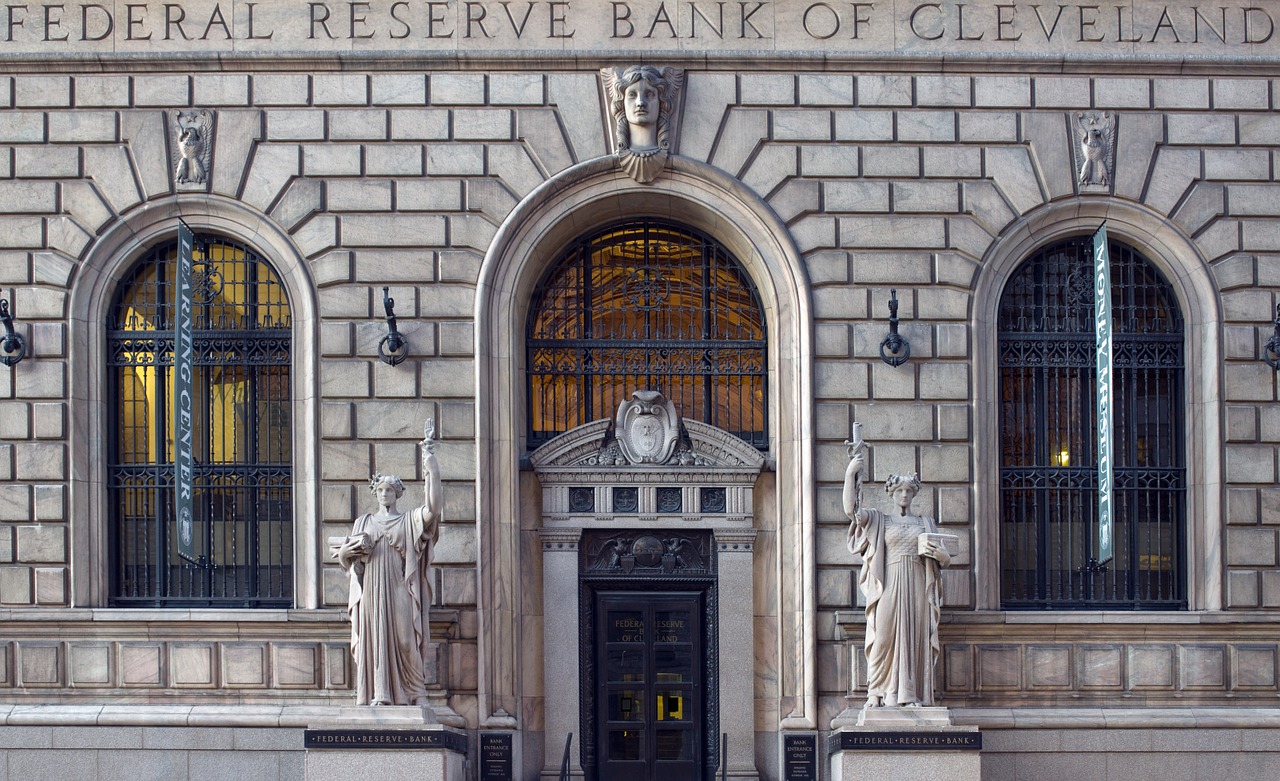Some people are suggesting that the Federal Reserve consider a compromise in its battle with rising prices: Instead of imposing the full monetary tightening required to get inflation back down to its 2% target, why not increase the target a bit?
For the sake of the economy and its own credibility, I hope the Fed doesn’t listen.
Q3 2022 hedge fund letters, conferences and more

The central bank last changed its inflation objective quite recently, in August 2020. Previously, the Fed had tried to hit the 2% target at all times, regardless of past performance. Under its revised monetary policy framework, it would seek to achieve an average of 2%. Past misses would no longer be treated as “bygones,” but instead offset by misses on the other side, to keep inflation expectations well anchored at 2%.
The new regime reflected the experience following the 2008 financial crisis, when inflation persistently ran below target, causing inflation expectations to fall. This increased the likelihood that the Fed’s short-term interest-rate target would get stuck at the zero lower bound, making it more difficult for the central bank to provide monetary stimulus — precisely what happened during the early stages of the Covid-19 pandemic.
Now the Fed faces a different problem: Inflation is too high. This has caused some prominent economists, including Olivier Blanchard and Jason Furman, to ask: What’s so special about a 2% inflation target in the first place? Why not 3%, or even higher? A higher target would result in a higher peak in nominal interest rates during economic expansions. This would create more room to cut rates during downturns, reducing the risk of getting pinned at the zero lower bound and lessening the need to use other monetary policy tools such as quantitative easing and forward guidance.
I find the case unconvincing, for five reasons.
First, and most important, there’s already less risk of being pinned at the zero lower bound. With short-term interest rates likely to peak at 5% or more this economic cycle, the Fed will have plenty of room to cut rates when the time comes. The two recent episodes of zero interest rates might even be outliers: Addressing climate change and building more resilient supply chains will require investment, while government deficits and retiring baby boomers will reduce savings, potentially increasing the neutral level of inflation-adjusted interest rates.
Second, I believe the Fed has already subtly raised its inflation objective. When Chair Jerome Powell talks about getting inflation back to 2%, there’s no mention of going below 2% to offset recent persistent overshoots. This is consistent with the view of former Chair Ben Bernanke: compensating for undershoots keeps inflation expectations from falling too low, but compensating for overshoots increases the risk of getting stuck at the zero lower bound. This asymmetry will naturally lead to average inflation of more than 2% over time, something I suspect the Fed will someday codify as official policy.
Read the full article here by Bill Dudley, Advisor Perspectives.
